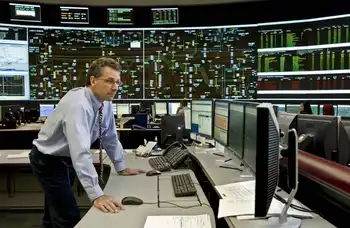Coal can be green
Carbon capture and sequestration (CCS) is a technique that removes CO2 in flue gas from power plant smokestacks and buries it in deep geologic formations. CCS is ready for use now, despite the protestations of grant-hungry researchers. The Shady Point power plant in eastern Oklahoma has been removing CO2 from flue gases and pumping it into depleting oil wells for years. CO2 emissions from a cement plant in Montana are pipelined to oilfields in Canada for sequestration. A busy market buying and selling CO2 operates today in the petroleum industry.
Thirty years of experience in finding, transporting and injecting CO2 into geologic formations to move more oil out of a reservoir to the surface demonstrates that CCS is a viable, secure way to dispose of CO2.
Until recently, the only source of CO2 for oil recovery lay in naturally occurring geologic traps in New Mexico and Colorado, secure in rocks more than 60 million years old. That ancient leak-proof sequestration history should satisfy even the most skeptical critic.
Trapping mechanisms — porous rocks capped by sealing rocks like salt or shale — are common round the world. Norway says its saltwater aquifer used in sequestration in the North Sea can provide enough disposal space for all the CO2 Europe will produce in the next 100 years. Injection of CO2 works in west Texas; in Oklahoma; in Alberta, Canada; and off Norway in the North Sea. How can we doubt that CCS represents a solution for disposing of CO2 from coal-fired power plants today? Now comes the sticking point: cost. The equipment for removing CO2 from flue gases is specialized and therefore expensive. However, when a huge market develops at coal-fired plants, the price for mass-producing the equipment will come down. The result: a bonanza of new manufacturing jobs in the United States.
Geologic studies near the plants will be required to locate one or more sealed saltwater aquifers in which to inject the CO2. In many states, enough wells drilled for oil and gas can provide reliable information about subsurface conditions.
Some concern has been raised about injecting CO2 near populated areas. In west Texas, the cities of Midland and Odessa, with some 250,000 residents, are surrounded by many CO2 injection wells with no escaping CO2 detected for 30 years. A new technology, coal conversion to synthetic gas, or syngas, which is composed of hydrogen, CO2 and carbon monoxide, provides a further boon. This almost inexhaustible supply of hydrogen can power fuel cells, while the carbon gases can be sequestered.
Consumers deserve to have an estimate of the costs such activities might entail. Initial units may increase electricity costs as much as 50 percent, though eventually installations will add only about 30 percent. Other than mandating huge conservation efforts or imposing carbon taxes, we have few alternatives to carbon capture and sequestration.
Related News

Global Energy War Escalates: Price Hikes and Instability
LONDON - Russia's targeting of Ukraine's energy infrastructure has unleashed an "energy war" that could lead to widespread price increases, supply disruptions, and ripple effects throughout the global energy market.
This highlights the unprecedented scale and severity of the attacks on Ukrainian energy infrastructure. These attacks have disrupted power supplies, hindered oil and gas production, and damaged refineries, impacting Ukraine and the broader global energy system.
Energy as a Weapon
Experts claim that Russia's deliberate attacks on Ukraine's energy infrastructure represent a strategic escalation, demonstrating the Kremlin's willingness to weaponize energy as part of its war effort. By…





